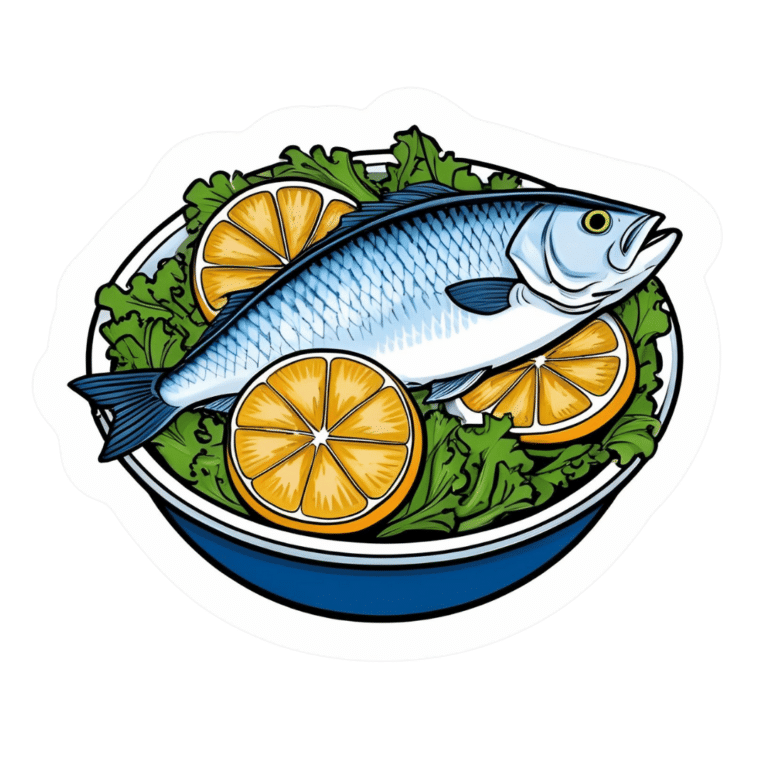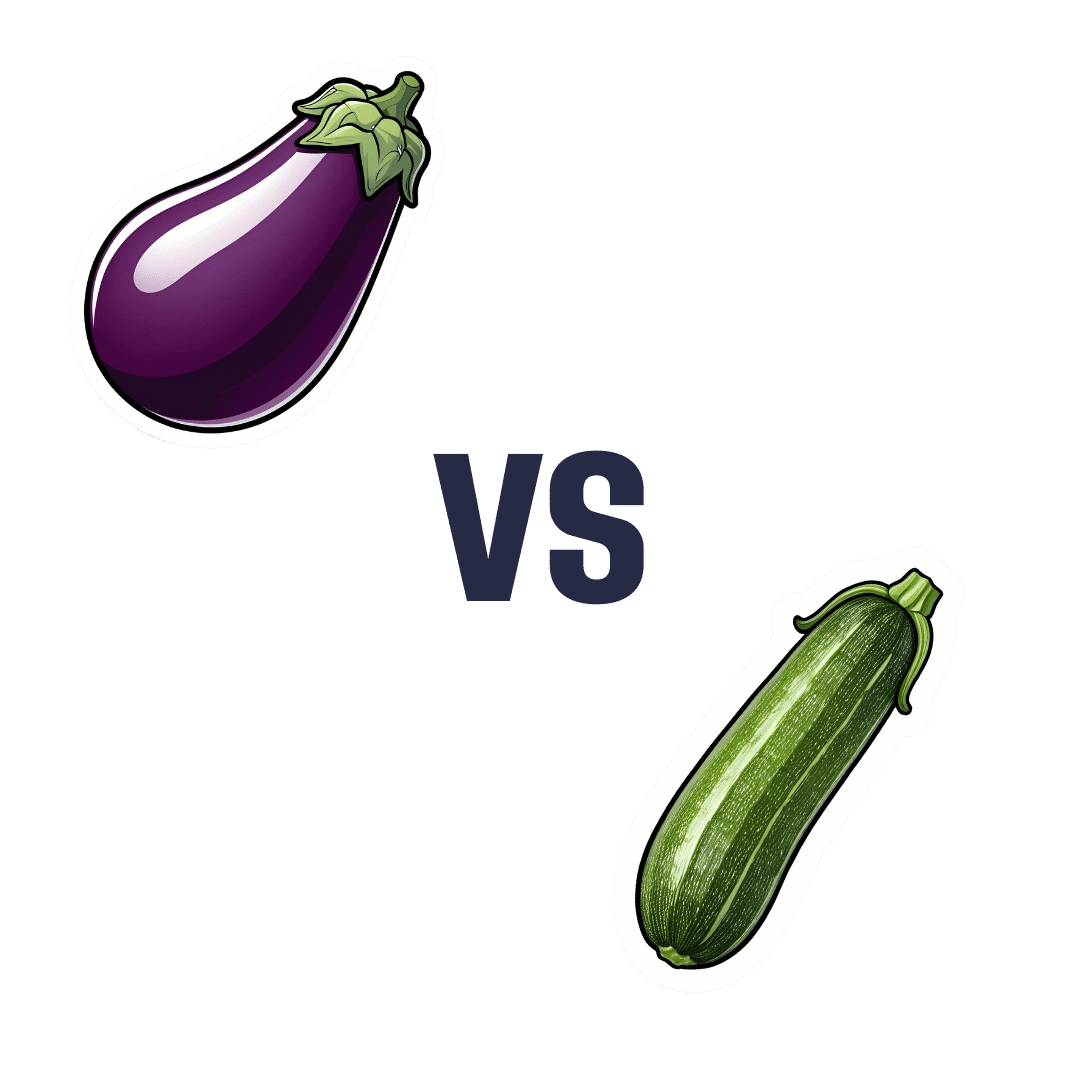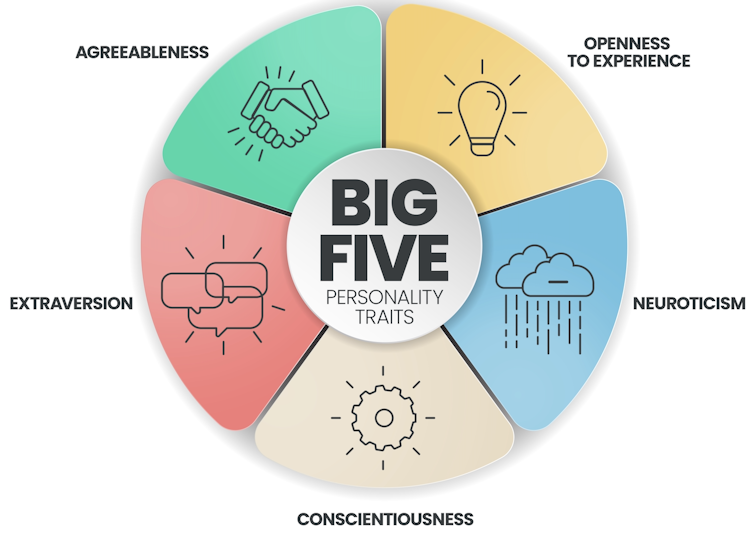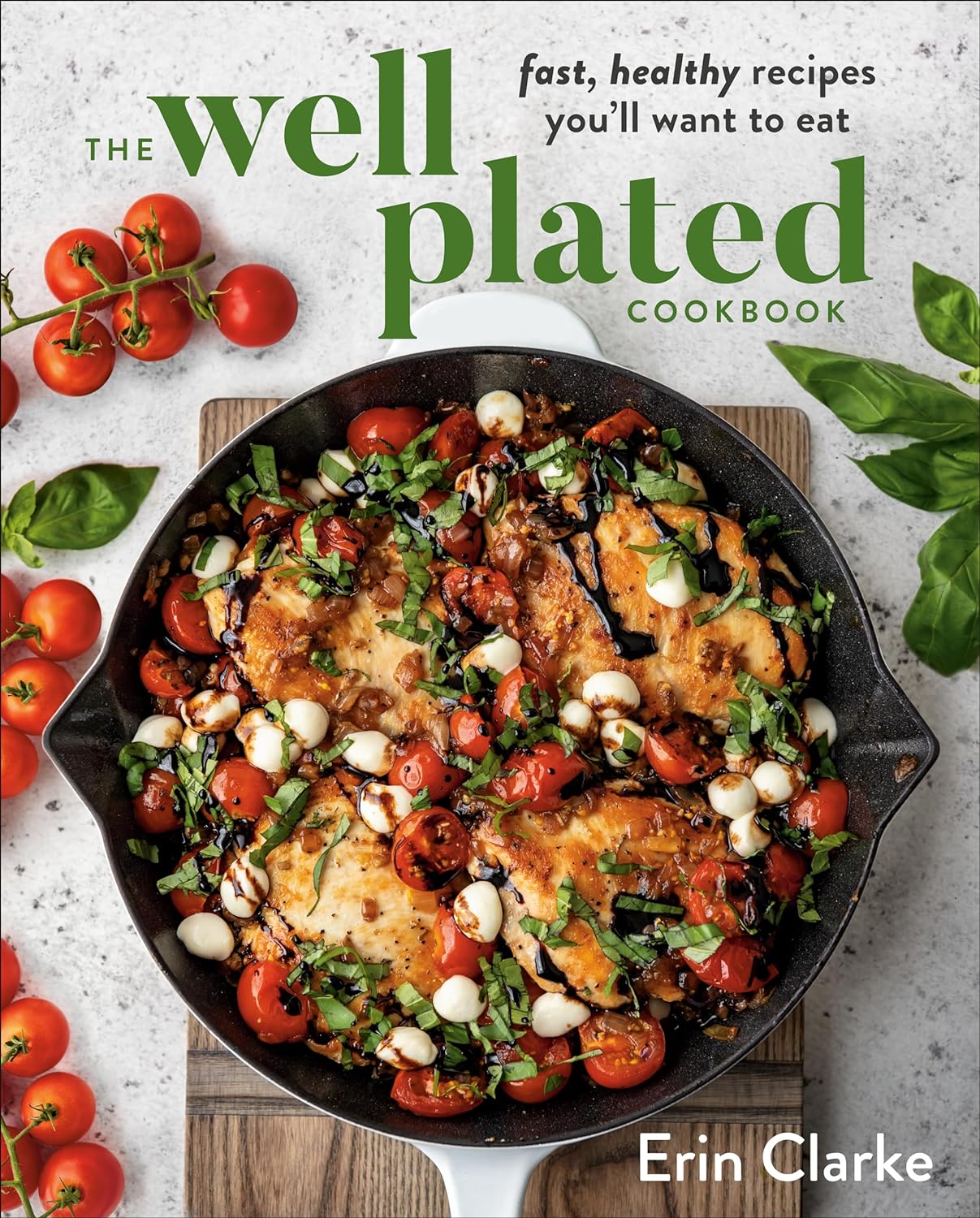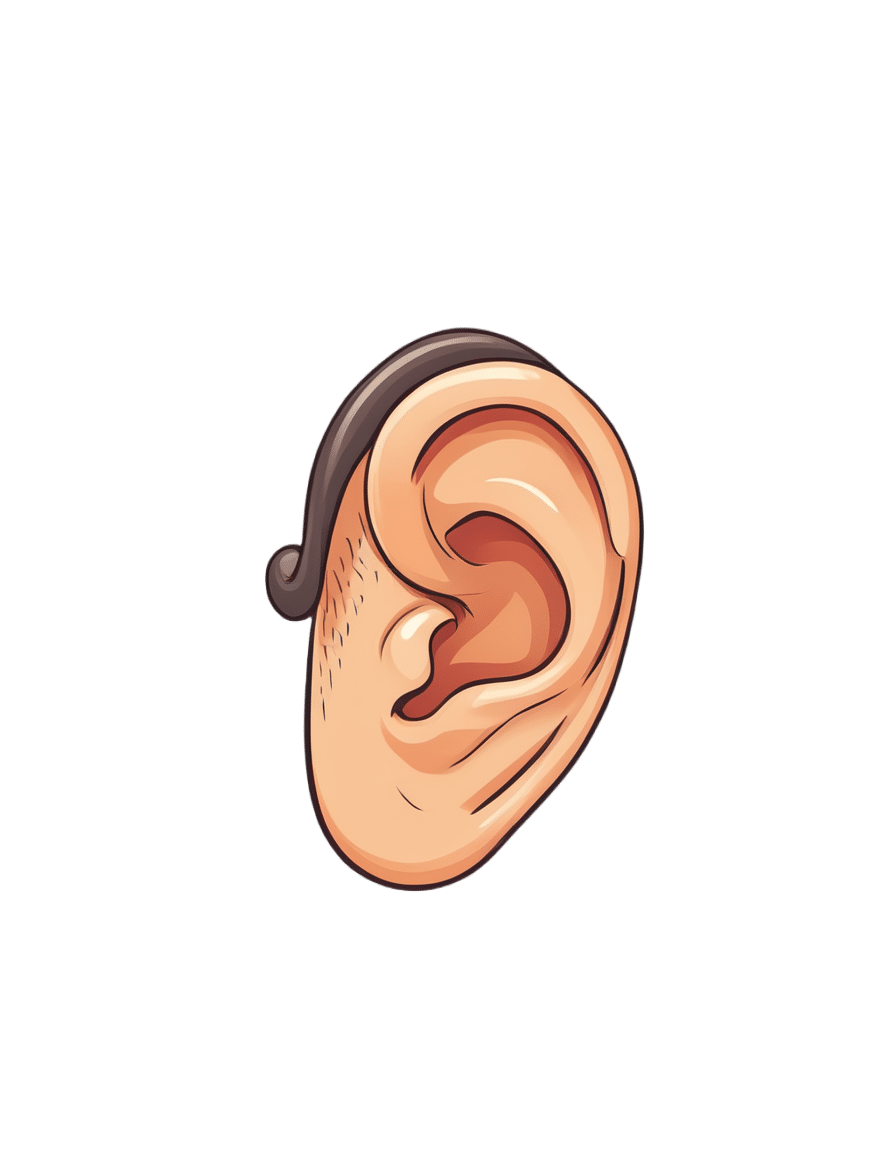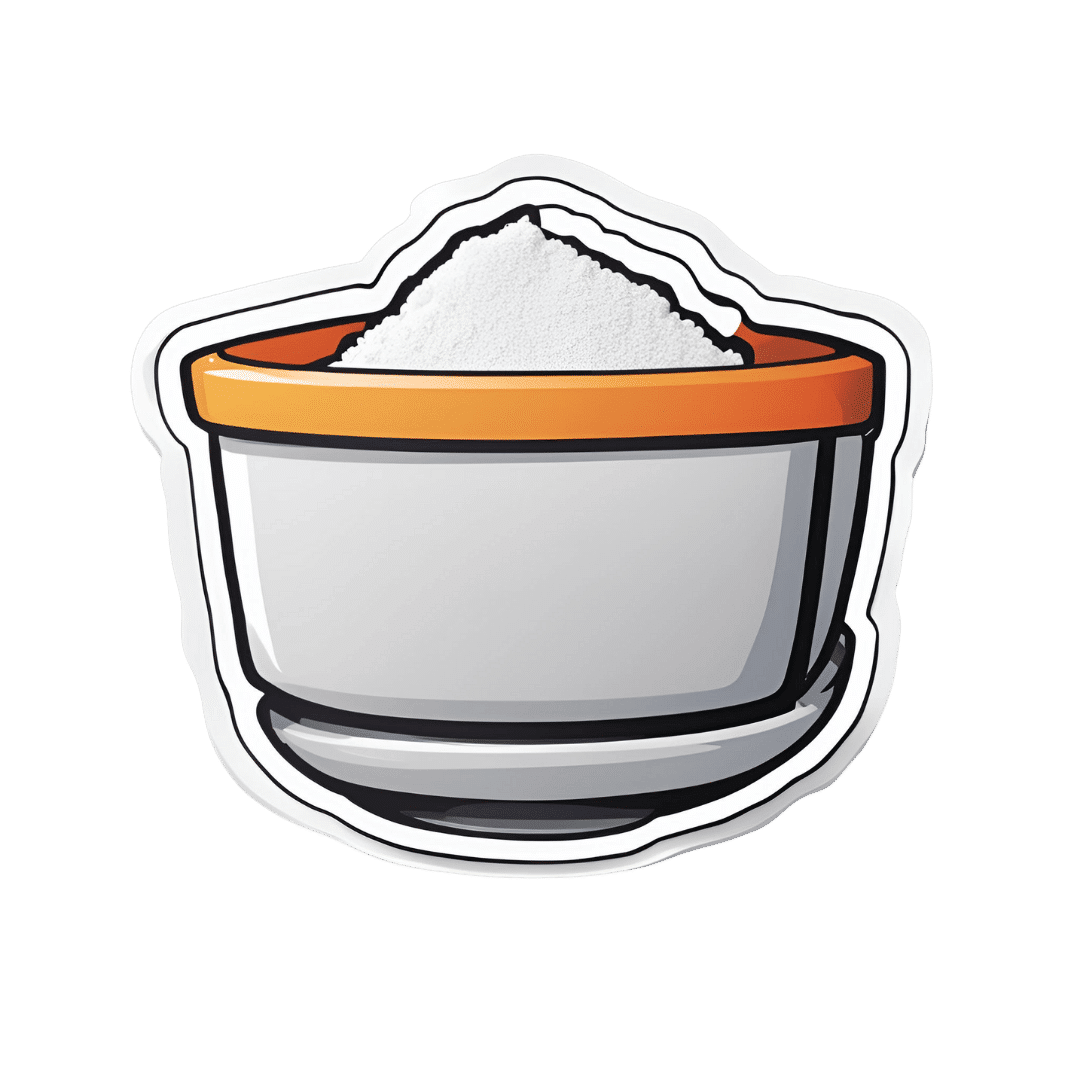
6 Signs Of Stroke (One Month In Advance)
10almonds is reader-supported. We may, at no cost to you, receive a portion of sales if you purchase a product through a link in this article.
Most people can recognise the signs of a stroke when it’s just happened, but knowing the signs that appear a month beforehand would be very useful. That’s what this video’s about!
The Warning Signs
- Persistently elevated blood pressure: one more reason to have an at-home testing kit and use it regularly! Or a smartwatch or similar that’ll do it for you. The reason this is relevant is because high blood pressure can lead to damaging blood vessels, causing a stroke.
- Excessive fatigue: of course, this one can have many possible causes, but one of them is a “transient ischemic attack” (TIA), which is essentially a micro-stroke, and can be a precursor to a more severe stroke. So, we’re not doing the Google MD thing here of saying “if this, then that”, but we are saying: paying attention to the overall patterns can be very useful. Rather than fretting unduly about a symptom in isolation, see how it fits into the big picture.
- Vision problems: especially if sudden-onset with no obvious alternative cause can be a sign of neural damage, and may indicate a stroke on the way.
- Speech problems: if there’s not an obvious alternative explanation (e.g. you’ve just finished your third martini, or was this the fourth?), then speech problems (e.g. slurred speech, trouble forming sentences, etc) are a very worrying indicator and should be treated as a medical emergency.
- Neurological problems: a bit of a catch-all category, but memory issues, loss of balance, nausea without an obvious alternative cause, are all things that should get checked out immediately just in case.
- Numbness or weakness in the extremities: especially if on one side of the body only, is often caused by the TIA we mentioned earlier. If it’s both sides, then peripheral neuropathy may be the culprit, but having a neurologist take a look at it is a good idea either way.
Click Here If The Embedded Video Doesn’t Load Automatically!
Want to learn more?
You might also like to read:
Two Things You Can Do To Improve Stroke Survival Chances
Take care!
Don’t Forget…
Did you arrive here from our newsletter? Don’t forget to return to the email to continue learning!
Recommended
Learn to Age Gracefully
Join the 98k+ American women taking control of their health & aging with our 100% free (and fun!) daily emails:
-
Eggplant vs Zucchini – Which is Healthier?
10almonds is reader-supported. We may, at no cost to you, receive a portion of sales if you purchase a product through a link in this article.
Our Verdict
When comparing eggplant to zucchini, we picked the zucchini.
Why?
In terms of macros, eggplant has more carbs and fiber while zucchini has more protein; we’ll generally prioritize fiber, so call this a subjective win for eggplant in this category, though an argument could be made for a tie.
In the category of vitamins, eggplant has more of vitamins B3, B5, and E, while zucchini has more of vitamins A, B1, B2, B6, B9, C, K, and choline, scoring a win for zucchini here.
Looking at minerals, eggplant has more copper, manganese, and selenium, while zucchini has more calcium, iron, magnesium, phosphorus, potassium and zinc, meaning another win for zucchini in this round.
In terms of polyphenols, eggplant has a greater variety of polyphenols, while zucchini has greater total mass of polyphenols, so we’re calling this one a tie.
Adding up the sections makes for an overall win for zucchini, but by all means enjoy either or both (perhaps together!); diversity is good!
Want to learn more?
You might like:
What’s Your Plant Diversity Score?
Enjoy!
Share This Post
-
7 Signs of Undiagnosed Autism in Adults
10almonds is reader-supported. We may, at no cost to you, receive a portion of sales if you purchase a product through a link in this article.
When it comes to adults and autism, there are two kinds of person in the popular view: those who resemble the Rain Man, and those who are making it up. But, it’s not so, as Paul Micallef explains:
The signs
We’ll not keep them a mystery; they are:
- Social interaction difficulties: such a person may struggle with understanding social cues, leading to awkwardness, isolation, or appearing eccentric.
- Need for structure and routine: either highly structured or disorganized, both of which stem from executive function challenges. The former, of course, is a coping mechanism, while the latter is the absence of same.
- Sensory sensitivities: can include sensitivities or insensitivities to light, sound, temperature, smells, tastes, and so forth.
- Spiky skillset: extreme strengths in certain areas, coupled with significant difficulties in others, leading to uneven abilities. May be able to dismantle and rebuild a PC, while not knowing how to arrange an Über.
- Emotional regulation issues: experiences of meltdowns, shutdowns, or withdrawal as coping mechanisms when overwhelmed. Not that this is “or”, not necessarily “and”. The latter goes especially unnoticed as an emotional regulation issue, because for everyone else, it’s something that’s not there to see.
- Unusual associations: making mental connections or associations that seem random or uncommon compared to others. The mind went to 17 places quickly and while everyone else got from idea A to idea B, this person is already at idea Q.
- Being “just different”: a general sense of being the odd one out, standing out in subtle or distinct ways. This is rather a catch-all, but if there’s someone who fits this, there’s a good chance, the other things apply too.
For more on all of these, whether pertaining to yourself or a loved one (or both!), enjoy:
Click Here If The Embedded Video Doesn’t Load Automatically!
Want to learn more?
You might also like to read:
- 16 Overlooked Autistic Traits In Women
- What is AuDHD? 5 important things to know when someone has both autism and ADHD
Take care!
Share This Post
-
Not quite an introvert or an extrovert? Maybe you’re an ambivert
10almonds is reader-supported. We may, at no cost to you, receive a portion of sales if you purchase a product through a link in this article.
Our personalities are generally thought to consist of five primary factors: openness to experience, conscientiousness, extroversion, agreeableness and neuroticism, with each of us ranking low to high for each.
Extroversion is one of the Big Five personality traits. Big 5 personality traits graphic Those who rank high in extroversion, known as extroverts, typically focus on their external world. They tend to be more optimistic, recharge by socialising and enjoy social interaction.
On the other end of the spectrum, introverts are more likely to be quiet, deep thinkers, who recharge by being alone and learn by observing (but aren’t necessarily shy).
But what if you’re neither an introvert or extrovert – or you’re a bit of both? Another category might fit better: ambiverts. They’re the middle of the spectrum and are also called “social introverts”.
What exactly is an ambivert?
The term ambivert emerged in 1923. While it was not initially embraced as part of the introvert-extrovert spectrum, more recent research suggests ambiverts are a distinct category.
Ambiverts exhibit traits of both extroverts and introverts, adapting their behaviour based on the situation. It may be that they socialise well but need solitude and rest to recharge, and they intuitively know when to do this.
Ambiverts seems to have the following characteristics:
- good communication skills, as a listener and speaker
- ability to be a peacemaker if conflict occurs
- leadership and negotiation skills, especially in teams
- compassion and understanding for others.
Some research suggests ambiverts make up a significant portion of the population, with about two-thirds of people falling into this category.
What makes someone an ambivert?
Personality is thought to be 50% inherited, with the remaining being influenced by environmental factors and individual experiences.
Emerging research has found physical locations of genes on chromosomes closely aligned with extroversion-introversion traits.
So, chances are, if you are a blend of the two styles as an ambivert, one of your parents may be too.
What do ambiverts tend to be good at?
Ambiverts are flexible with talking and also listening. Cotton Bro Studios/Pexels One area of research focus in recent decades has been personality type and job satisfaction. One study examined 340 introverts, extroverts and ambiverts in sales careers.
It has always been thought extroverts were more successful with sales. However, the author found ambiverts were more influential and successful.
They may have a sales advantage because of their ability to read the situation and modify their behaviour if they notice a customer is not interested, as they’re able to reflect and adapt.
Ambiverts stress less than introverts
Generally, people lower in extroversion have higher stress levels. One study found introverts experience more stress than both ambiverts and extroverts.
It may be that highly sensitive or introverted individuals are more susceptible to worry and stress due to being more perfectionistic.
Ambiverts are adept at knowing when to be outgoing and when to be reflective, showcasing a high degree of situational awareness. This may contribute to their overall wellbeing because of how they handle stress.
What do ambiverts tend to struggle with?
Ambiverts may overextend themselves attempting to conform or fit in with many social settings. This is termed “overadaptation” and may force ambiverts to feel uncomfortable and strained, ultimately resulting in stress or burnout.
Ambiverts tend to handle stress well but feel strained when overadapting. Cottonbro Studios/Pexels But personality traits aren’t fixed
Regardless of where you sit on the scale of introversion through to extroversion, the reality is it may not be fixed. Different situations may be more comfortable for introverts to be social, and extroverts may be content with quieter moments.
And there are also four other key personality traits – openness to experience, conscientiousness, agreeableness and neuroticism – which we all possess in varying levels, and are expressed in different ways, alongside our levels of extroversion.
There is also evidence our personality traits can change throughout our life spans are indeed open to change.
Peta Stapleton, Associate Professor in Psychology, Bond University
This article is republished from The Conversation under a Creative Commons license. Read the original article.
Share This Post
Related Posts
-
The Well Plated Cookbook – by Erin Clarke
10almonds is reader-supported. We may, at no cost to you, receive a portion of sales if you purchase a product through a link in this article.
Clarke’s focus here is on what she calls “stealthy healthy”, with the idea of dishes that feel indulgent while being great for the health.
The recipes, of which there are well over 100, are indeed delicious and easy to make without being oversimplified, and since she encourages the use of in-season ingredients, many recipes come with a “market swaps” substitution guide, to make each recipe seasonal.
The book is largely not vegetarian, let alone vegan, but the required substitutions will be second-nature to any seasoned vegetarian or vegan. Indeed, “skip the meat sometimes” is one of the advices she offers near the beginning of the book, in the category of tips to make things even healthier.
Bottom line: if you want to add dishes to your repertoire that are great for entertaining and still super-healthy, this book will be a fine addition to your collection.
Click here to check out The Well Plated Cookbook, and get cooking!
Don’t Forget…
Did you arrive here from our newsletter? Don’t forget to return to the email to continue learning!
Learn to Age Gracefully
Join the 98k+ American women taking control of their health & aging with our 100% free (and fun!) daily emails:
-
Hearing loss is twice as common in Australia’s lowest income groups, our research shows
10almonds is reader-supported. We may, at no cost to you, receive a portion of sales if you purchase a product through a link in this article.
Around one in six Australians has some form of hearing loss, ranging from mild to complete hearing loss. That figure is expected to grow to one in four by 2050, due in a large part to the country’s ageing population.
Hearing loss affects communication and social engagement and limits educational and employment opportunities. Effective treatment for hearing loss is available in the form of communication training (for example, lipreading and auditory training), hearing aids and other devices.
But the uptake of treatment is low. In Australia, publicly subsidised hearing care is available predominantly only to children, young people and retirement-age people on a pension. Adults of working age are mostly not eligible for hearing health care under the government’s Hearing Services Program.
Our recent study published in the journal Ear and Hearing showed, for the first time, that working-age Australians from lower socioeconomic backgrounds are at much greater risk of hearing loss than those from higher socioeconomic backgrounds.
We believe the lack of socially subsidised hearing care for adults of working age results in poor detection and care for hearing loss among people from disadvantaged backgrounds. This in turn exacerbates social inequalities.
Population data shows hearing inequality
We analysed a large data set called the Household, Income and Labour Dynamics in Australia (HILDA) survey that collects information on various aspects of people’s lives, including health and hearing loss.
Using a HILDA sub-sample of 10,719 working-age Australians, we evaluated whether self-reported hearing loss was more common among people from lower socioeconomic backgrounds than for those from higher socioeconomic backgrounds between 2008 and 2018.
Relying on self-reported hearing data instead of information from hearing tests is one limitation of our paper. However, self-reported hearing tends to underestimate actual rates of hearing impairment, so the hearing loss rates we reported are likely an underestimate.
We also wanted to find out whether people from lower socioeconomic backgrounds were more likely to develop hearing loss in the long run.
Hearing care is publicly subsidised for children.
mady70/ShutterstockWe found people in the lowest income groups were more than twice as likely to have hearing loss than those in the highest income groups. Further, hearing loss was 1.5 times as common among people living in the most deprived neighbourhoods than in the most affluent areas.
For people reporting no hearing loss at the beginning of the study, after 11 years of follow up, those from a more deprived socioeconomic background were much more likely to develop hearing loss. For example, a lack of post secondary education was associated with a more than 1.5 times increased risk of developing hearing loss compared to those who achieved a bachelor’s degree or above.
Overall, men were more likely to have hearing loss than women. As seen in the figure below, this gap is largest for people of low socioeconomic status.
Why are disadvantaged groups more likely to experience hearing loss?
There are several possible reasons hearing loss is more common among people from low socioeconomic backgrounds. Noise exposure is one of the biggest risks for hearing loss and people from low socioeconomic backgrounds may be more likely to be exposed to damaging levels of noise in jobs in mining, construction, manufacturing, and agriculture.
Lifestyle factors which may be more prevalent in lower socioeconomic communities such as smoking, unhealthy diet, and a lack of regular exercise are also related to the risk of hearing loss.
Finally, people with lower incomes may face challenges in accessing timely hearing care, alongside competing health needs, which could lead to missed identification of treatable ear disease.
Why does this disparity in hearing loss matter?
We like to think of Australia as an egalitarian society – the land of the fair go. But nearly half of people in Australia with hearing loss are of working age and mostly ineligible for publicly funded hearing services.
Hearing aids with a private hearing care provider cost from around A$1,000 up to more than $4,000 for higher-end devices. Most people need two hearing aids.
Hearing loss might be more common in low income groups because they’re exposed to more noise at work.
Dmitry Kalinovsky/ShutterstockLack of access to affordable hearing care for working-age adults on low incomes comes with an economic as well as a social cost.
Previous economic analysis estimated hearing loss was responsible for financial costs of around $20 billion in 2019–20 in Australia. The largest component of these costs was productivity losses (unemployment, under-employment and Jobseeker social security payment costs) among working-age adults.
Providing affordable hearing care for all Australians
Lack of affordable hearing care for working-age adults from lower socioeconomic backgrounds may significantly exacerbate the impact of hearing loss among deprived communities and worsen social inequalities.
Recently, the federal government has been considering extending publicly subsidised hearing services to lower income working age Australians. We believe reforming the current government Hearing Services Program and expanding eligibility to this group could not only promote a more inclusive, fairer and healthier society but may also yield overall cost savings by reducing lost productivity.
All Australians should have access to affordable hearing care to have sufficient functional hearing to achieve their potential in life. That’s the land of the fair go.
Mohammad Nure Alam, PhD Candidate in Economics, Macquarie University; Kompal Sinha, Associate Professor, Department of Economics, Macquarie University, and Piers Dawes, Professor, School of Health and Rehabilitation Sciences, The University of Queensland
This article is republished from The Conversation under a Creative Commons license. Read the original article.
Don’t Forget…
Did you arrive here from our newsletter? Don’t forget to return to the email to continue learning!
Learn to Age Gracefully
Join the 98k+ American women taking control of their health & aging with our 100% free (and fun!) daily emails:
-
Undoing Creatine’s Puffiness Side Effect
10almonds is reader-supported. We may, at no cost to you, receive a portion of sales if you purchase a product through a link in this article.
It’s Q&A Day at 10almonds!
Have a question or a request? We love to hear from you!
In cases where we’ve already covered something, we might link to what we wrote before, but will always be happy to revisit any of our topics again in the future too—there’s always more to say!
As ever: if the question/request can be answered briefly, we’ll do it here in our Q&A Thursday edition. If not, we’ll make a main feature of it shortly afterwards!
So, no question/request too big or small 😎
❝Creatine is known to increase “puffiness”, especially in my face. Are there any supplements that do the opposite?!❞
So first, let’s examine why this happens: creatine is most often taken to boost muscle size and performance. Your muscles are, of course, mostly water by mass, and so building your muscles requires extra water, which triggers systemic water retention.
In other words: you take creatine, exercise, and as the muscles start growing, the body goes “oh heck, we are running out of water, better save as much as possible in order to keep hydrating the muscles without running out” and starts putting it anywhere it can that’s not your bladder, so this will largely be the soft tissues of your body.
So, this results in classic water retentions symptoms including bloating and, yes, facial puffiness.
How much this happens, and how long the effects last, depend on three main things:
- What daily dose of creatine you are taking
- What kind of exercise you are doing
- What your hydration is like
The dose is relevant as it’s most common to get this puffiness during the “loading” phase, i.e. if you’re taking an increased dose to start with.
The exercise is relevant as it affects how much your body is actually using the water to build muscles.
The hydration is relevant because the less water you are taking, the more the body will try to retain whatever you do have.
This means, of course, that the supplement you are looking for to undo the facial puffiness is, in fact, water (even, nay, especially, if you feel bloated too):
Water For Everything? Water’s Counterintuitive Properties
Additionally, you could scale back the dose of creatine you’re taking, if you’re not currently doing heavy muscle-building exercise.
That said, the recommended dose for cognitive benefits is 5g/day, which is a very standard main-phase (i.e., post-loading) bodybuilding dose, so do with that information what you will.
See also: Creatine’s Brain Benefits Increase With Age
On which note: whether or not you want to take creatine for brain benefits, however, may depend on your age:
Creatine: Very Different For Young & Old People
Most research on creatine’s effects on humans has usually been either collegiate athletes or seniors, which leaves quite a research gap in the middle—so it’s unclear at what age the muscle-building effects begin to taper off, and at what age the cognitive benefits begin to take off.
Want a quicker fix?
If you want to reduce your facial puffiness acutely (e.g., you have a date in an hour and would like to not have a puffy face), then there are two things you can do that will help immediately, and/but only have short-term effects, meaning you’d have to do them daily to enjoy the results every day:
The first is an ice bath; simply fill a large bowl with water and ice cubes, give it a couple of minutes to get down to temperature, hold your breath and plunge your face in for as long as you can comfortably hold your breath. Repeat a few times, and towel off.
This helps by waking up the vasculature in your face, helping it to reduce puffiness naturally.
The second is facial yoga or guā shā, which is the practice of physically manipulating the soft tissues of your face to put them where you want them, rather than where you don’t want them. This will work against water retention puffiness, as well as cortisol puffiness, lymphatic puffiness, and more:
7-Minute Face Fitness For Lymphatic Drainage & Youthful Jawline
Enjoy!
Don’t Forget…
Did you arrive here from our newsletter? Don’t forget to return to the email to continue learning!
Learn to Age Gracefully
Join the 98k+ American women taking control of their health & aging with our 100% free (and fun!) daily emails:

